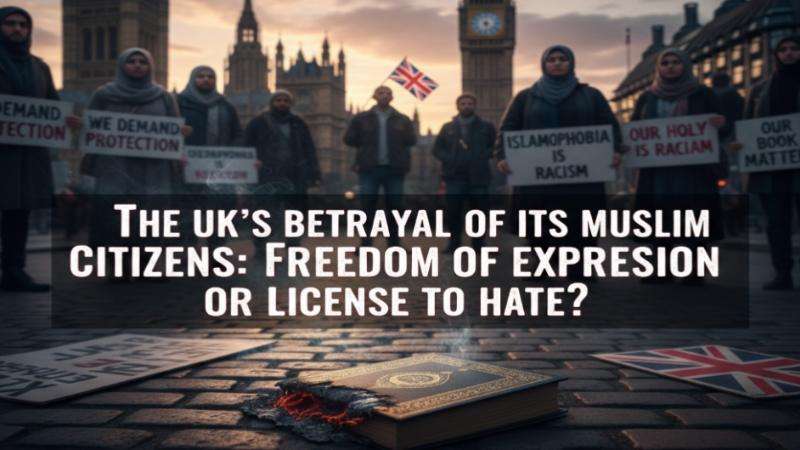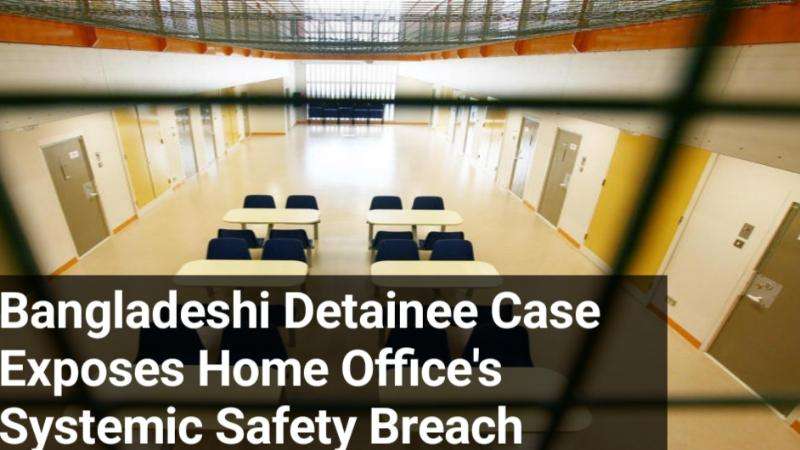President Donald Trump on Tuesday accused both Iran and Israel of breaching a ceasefire agreement he had declared just a day earlier, raising fresh doubts about the durability of his proposed peace deal in the Middle East.
On Monday evening, Trump had announced a “complete and total ceasefire” between the two regional powers, describing it as a phased plan that would mark the end of the ongoing conflict. However, soon after, Iran’s foreign minister stated on X that no formal agreement had been reached—though Iran said it would halt attacks if Israel did the same.
By Tuesday morning, both countries had seemingly accepted a temporary pause in hostilities. That fragile calm quickly unraveled when Israel accused Iran of violating the ceasefire and threatened to retaliate with force. Iran’s military denied those claims, according to the state-linked Tasnim News Agency.
Speaking to reporters at the White House, Trump expressed frustration with both sides. “Iran violated the ceasefire,” he said, “but Israel violated it too… I’m not happy with Israel,” referring to an Israeli strike on Iran that occurred shortly after the ceasefire was announced. He added that a missile fired by Iran might have been launched “by mistake.”
In a strongly worded message on Truth Social, Trump urged restraint: “ISRAEL. DO NOT DROP THOSE BOMBS.”
Experts say the ceasefire’s future hinges on whether Trump will enforce consequences for violations and whether Israel truly halts its attacks. As of the latest reports, the Israeli government said it intends to abide by the ceasefire.
Marwa Maziad, a professor at the University of Maryland, noted that it’s common for ceasefires to be violated early on as each side tries to gain last-minute advantages. She warned that Israel may still carry out covert operations targeting Iran’s regime, while Iran may retaliate selectively, focusing only on Israel and avoiding U.S. assets.
Bahraini defense analyst Abdullah Al Junaid speculated that if Israeli Prime Minister Benjamin Netanyahu locates Iranian Supreme Leader Ali Khamenei, he would likely act to eliminate him, driven by political survival and the rare opportunity to weaken Iran’s leadership.
Inside Trump’s Ceasefire Plan
Trump described the ceasefire as a step-by-step agreement: Iran would begin by halting operations, followed by Israel 12 hours later, leading to a full 24-hour mutual ceasefire. After that, the “official end” of what he called the “12-day war” would be recognized globally.
According to a senior White House official, Trump communicated directly with Netanyahu, while Vice President JD Vance, Secretary of State Marco Rubio, and Special Envoy Steve Witkoff engaged with Iranian officials—both directly and indirectly. Qatar reportedly played a key role in facilitating the talks.
Israel’s acceptance of the ceasefire was conditional on no further attacks from Iran, while U.S. officials claimed Iranian leaders had also agreed to the terms.
However, just before Trump’s announcement, Iran’s Supreme Leader Ayatollah Ali Khamenei posted on X that Iran “isn’t a country that surrenders.”
Also on Monday, Iranian missiles targeted U.S. military bases in Qatar. The Pentagon confirmed that most were intercepted, with no American casualties reported.
This marked Iran’s boldest response yet to the recent U.S. bombing of three nuclear sites in Iran over the weekend—a mission hailed by Trump and Defense Secretary Pete Hegseth as a major success. The operation included B-2 bombers, fighter jets, and ship- and submarine-launched missiles.
Chairman of the Joint Chiefs of Staff Gen. Dan Caine said the damage to Iran’s nuclear facilities was severe, although full assessments are still ongoing. “Iran’s fighters didn’t engage us, and it appears their missile systems never saw us,” he said.








.svg)
